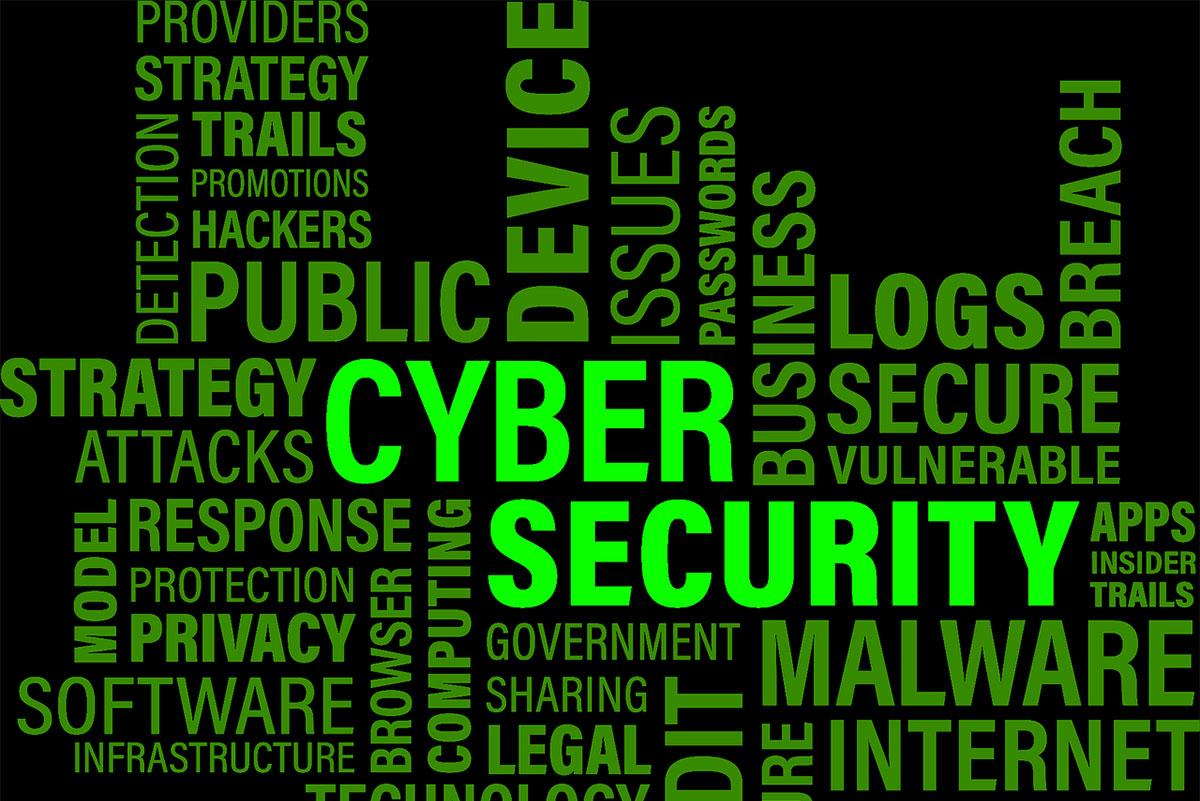Since the internet’s inception, malicious software—commonly known as malware—has been a persistent and evolving threat. From early viruses that caused minor disruptions to sophisticated, targeted malware capable of crippling entire systems, each incident has shaped modern cybersecurity practices. Let’s explore the history of major malware attacks and examine how each has influenced today’s vigilance in cybersecurity.

Early Malware Outbreaks and Their Role in Security Awareness
The Morris Worm (1988): A Wake-Up Call for Cybersecurity
The Morris Worm, released in 1988, is often considered the first significant computer worm. Created by a graduate student, it unintentionally spread rapidly, slowing down large portions of the Internet. According to Private Internet Access (PIA), the incident marked the beginning of widespread awareness of digital vulnerabilities and emphasized the need for cybersecurity defenses. Following this, the Computer Emergency Response Team (CERT) was established to help prevent future incidents, ushering in an era of formalized cybersecurity.
Michelangelo Virus (1992): Publicizing the Threat
The Michelangelo virus, named for its supposed activation on Michelangelo’s birthday, created fear worldwide. Though the virus did not live up to its destructive hype, it succeeded in one thing: raising public awareness about computer viruses. This incident highlighted the importance of antivirus software and spurred individuals and organizations alike to adopt cybersecurity measures.
Major Malware Attacks That Changed Cybersecurity
ILOVEYOU Virus (2000): The Dawn of Social Engineering Awareness
In 2000, the ILOVEYOU virus infected millions of computers worldwide through a seemingly innocent email attachment. This “love letter” unleashed a destructive script that wiped out files and spread to users’ contacts. The ILOVEYOU virus underscored the importance of email security, introducing the world to the concept of social engineering—exploiting human behavior for malicious purposes. Following this, companies prioritized email filtering tools and cybersecurity training to minimize social engineering threats.
Code Red (2001): Exploiting Network Vulnerabilities
Code Red was a worm that targeted Microsoft IIS web servers, exploiting a specific vulnerability. Spreading rapidly, Code Red compromised over 350,000 servers, and its ability to execute malicious commands prompted a renewed focus on timely software patches. As a result, organizations began establishing patch management programs, ensuring that vulnerabilities were addressed promptly to prevent similar incidents in the future.
SQL Slammer (2003): The Need for Faster Response
The SQL Slammer worm, which attacked SQL servers, spread in minutes, causing massive internet slowdowns. The incident emphasized the importance of rapid response in cybersecurity and the dangers of unpatched software. It catalyzed the adopting of network intrusion detection systems (NIDS) and firewalls to detect and mitigate potential threats more effectively.
Ransomware and the Financial Motivation Behind Cyber Attacks
CryptoLocker (2013): The Rise of Ransomware
CryptoLocker was among the first large-scale ransomware attacks, encrypting user files and demanding payment in cryptocurrency. This marked a new era in financially motivated cybercrime. CryptoLocker and similar attacks emphasized the need for robust backup solutions and data recovery plans. As ransomware threats grew, organizations began investing in endpoint security to prevent ransomware from infiltrating their systems.
WannaCry (2017): The Global Impact of Unpatched Systems
One of the most infamous ransomware attacks, WannaCry, exploited a vulnerability in Windows systems, spreading across networks and encrypting valuable data. The attack’s global reach and scale highlighted the importance of timely updates and system patches. In response, many organizations adopted rigorous patch management practices, and the incident spurred international collaboration in cybersecurity as experts and organizations worked together to prevent future outbreaks.
Modern Malware and Advanced Detection Tactics
Stuxnet (2010): The Power of Targeted Attacks
Stuxnet, a highly sophisticated worm, targeted industrial control systems, specifically Iran’s nuclear facilities. This cyber weapon showcased malware’s potential as a geopolitical tool, leading to a new era in cybersecurity. Stuxnet’s impact prompted organizations to prioritize operational technology (OT) security and the need for real-time monitoring of critical infrastructure.
Pegasus Spyware (2016): Redefining Privacy Concerns
Pegasus spyware, developed to monitor specific targets, raised concerns about privacy and the ethics of cyber surveillance. Capable of accessing virtually all data on infected devices, Pegasus underscored the need for advanced mobile security solutions. Governments and organizations worldwide began enhancing cybersecurity protocols to protect against spyware and other forms of invasive software
The Role of Vigilance: Cyber Hygiene and Ongoing Awareness
As malware continues to evolve, so do the practices to combat it. Cyber hygiene—regular updates, careful data handling, and awareness of phishing tactics—has become essential. Additionally, organizations now implement robust cybersecurity awareness programs, teaching employees and the public about threats and safe online behavior. Vigilance remains crucial, as proactive practices are often the best defense against malware.
Final Words:
Each major malware incident has reshaped the cybersecurity landscape, from early viruses like the Morris Worm to modern ransomware and spyware. These attacks highlight vulnerabilities, encourage better defenses, and remind us of the ever-evolving nature of cyber threats. As we move forward, the lessons learned from historical malware outbreaks serve as a foundation for developing advanced, vigilant cybersecurity strategies to protect individuals and organizations from the digital threats of tomorrow.









